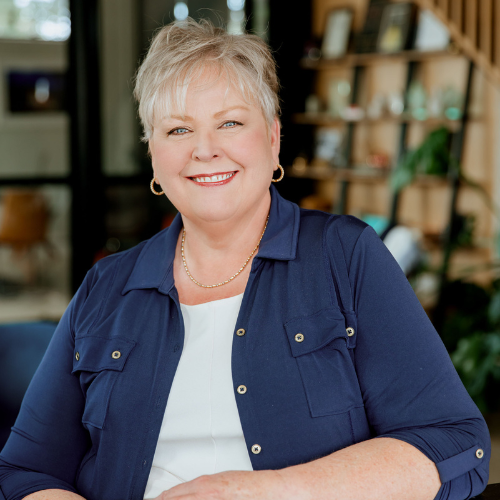How to Start Succession Planning Before It’s Urgent
When a nonprofit leader announces their departure—whether after a long, fruitful tenure or a short, intensive season—there’s always one question echoing behind the scenes:
Are we ready for this?
At M. Leslie Palmer Consulting Group, we believe the most effective transitions are not reactive—they’re planned well in advance. Whether you’re a nonprofit navigating growth, recovering from instability, or simply trying to sustain your impact year over year, succession planning is not optional. It’s strategic stewardship.
Succession isn’t just about replacing a person—it’s about building continuity of purpose, momentum, and mission.
Two Sides of Succession
A strong succession plan focuses on both the organization’s readiness and needs and the CEO’s preparedness to release the role well. Let’s unpack both:
Preparing the Organization to Attract the Right Next CEO
Succession planning is your organization’s chance to clarify its vision for the future and identify the kind of leader who can take it there. Depending on your nonprofit lifecycle stage, you will need different competencies in your next CEO. You’ll also discern the CEO candidate’s fit for culture, calling, and capacity. But will your organization be attractive to the right candidate?
Key elements of organizational preparation include:
- Define Your Future Leadership Needs
Determine not just what’s made the current leader effective, but what qualities the next phase of the mission demands. Identify rising talent internally who could grow into leadership with mentoring and development. - Assess Your Organizational Strength
Evaluate your next CEO’s support system, including your board, management, and staff. Ensure your financial picture is strong and stable, and your donor base is healthy. - Focus Your Board on Succession
Gain agreement among your board of the wisdom of preparing for succession. Discuss the risk of an early departure and have contingencies in place. Form a succession committee committed to a clear purpose and diligent planning process. - Align Your Search with Strategic Priorities
If your strategic plan is outdated or unclear, your search process will drift. Update or reaffirm your strategy so the next leader steps into aligned expectations and clear direction.
🧭 Preparing the CEO for a Healthy Transition
Even when leaders are committed to the mission, the prospect of stepping down can stir complex emotions—especially for founders or long-tenured executives. Thoughtful preparation can transform what might feel like a loss into a meaningful passage.

Best practices for CEO transitions include:
- Have the Conversation
A regular check-in between the board chair and CEO treats succession planning as a normal part of governance, not a sign of concern. It’s respectful to ask the CEO what their desires and plans are. - Create a Personal Legacy Plan
Encourage the CEO to write a legacy plan reflecting on their leadership impact, the results they want to achieve before they leave, and their desires for what is carried forward into the future. Plan a period for them to mentor their successor. - Honor the Departure Publicly and Privately
Plan an honoring exit that respects the leader’s contribution, allows for closure, and invites celebration among stakeholders. Bestow them with emeritus status, if appropriate. - Clarify the Transition Timeline
Avoid abrupt exits, undefined overlap periods or ambiguous ongoing roles. Instead, use a clear onboarding/offboarding schedule, including milestones for knowledge transfer and introductions to staff and donors.
Practical Recommendations to Start Now
You don’t need to overhaul everything tomorrow. But you do need to begin. Here’s how:
✅ Schedule a “Future of Leadership” board retreat – Use the time to explore what the organization will need in 3–5 years and how leadership must evolve to meet that need.
✅ Build succession planning into your strategic plan – Make leadership development, transition preparedness, and culture continuity part of your 3-year goals.
✅ Normalize succession conversations – Frame this as part of organizational maturity. When succession is expected—not feared—it promotes organizational sustainability.
✅ Start a leadership continuity file – Keep key documents, login credentials, policies, and contacts accessible beyond one person. Start cross-training and documenting processes.
✅ Identify mission-critical risks – Define the risks of an emergency or unexpected leadership departure. The most impactful may be the CEO’s relational understanding of your funders.
Final Word: Don’t Wait for a Crisis
Succession planning helps you prepare for worst-case scenarios. More importantly, succession planning means being positioned for what’s next—to keep momentum, retain community trust, and stay mission-focused through the inevitable changes of leadership.
Your next CEO may be across the country or across the hall. But they’ll step into a stronger organization if you begin the work now.
And when the outgoing leader leaves with clarity, gratitude, and purpose? That’s a legacy worth building.
We’d be honored to help you chart your course.

